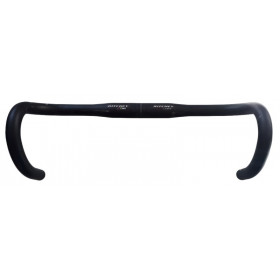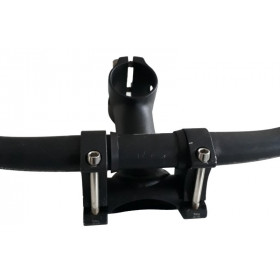-
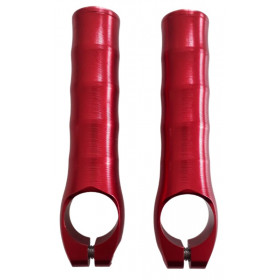 New product -60%Bar ends aluminium
New product -60%Bar ends aluminium- €12.00
- €29.99
-
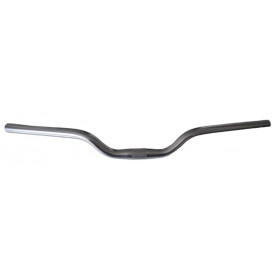 New product
New product -
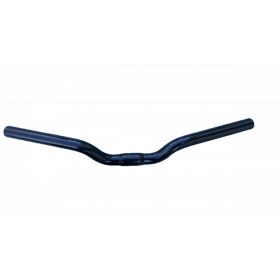 New productRiser handlebar fixie
New productRiser handlebar fixie- €7.99
-
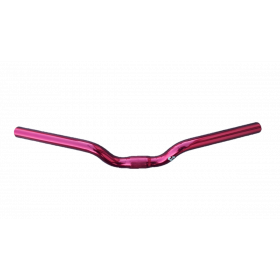 New productFixie riser bar Extra+ red
New productFixie riser bar Extra+ red- €11.99
-
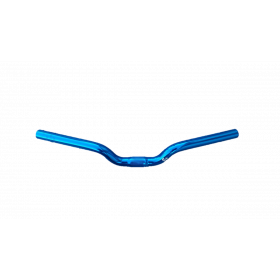 New productFixie handlebar Extra+ blue
New productFixie handlebar Extra+ blue- €11.99
-
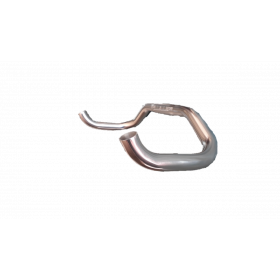 New product
New product -
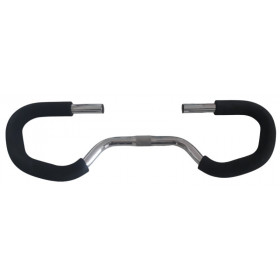 New product
New product -
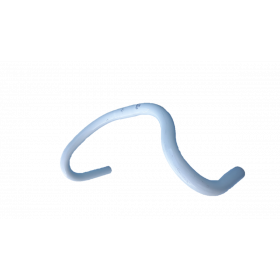 New product
New product -
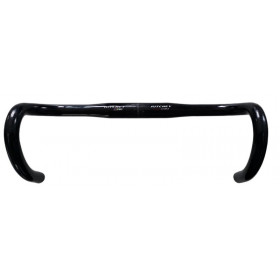 New product
New product -
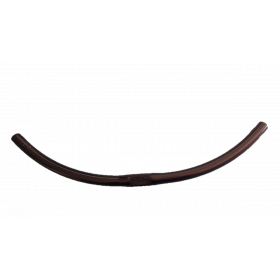 New productHandlebar 55 cms for fixie
New productHandlebar 55 cms for fixie- €14.99
-
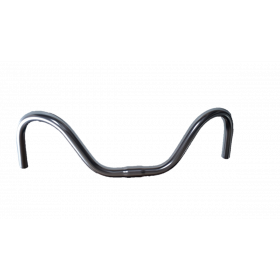 New product -37%Mustache handlebar bike 54 cms aluminium polished
New product -37%Mustache handlebar bike 54 cms aluminium polished- €20.15
- €31.99
-
 New product
New product -
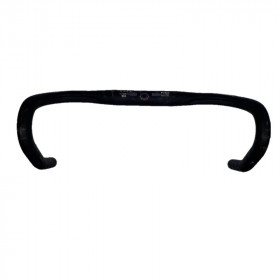 Used
Used -
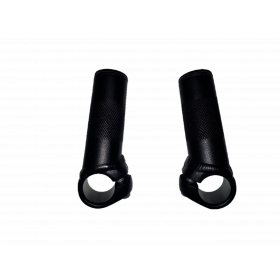 New productMTB aluminium bar ends
New productMTB aluminium bar ends- €6.90
-
 Used
Used -
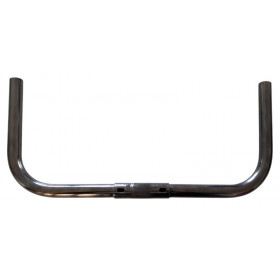 New productBullhorn handlebar bike
New productBullhorn handlebar bike- €24.99
-
 Used
Used -
 UsedLapierre MTB handlebar
UsedLapierre MTB handlebar- €9.99
-
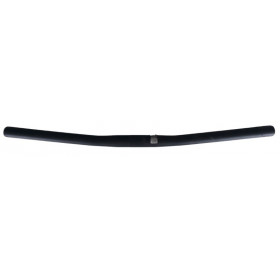 UsedStraight MTB handlebar
UsedStraight MTB handlebar- €5.99
-
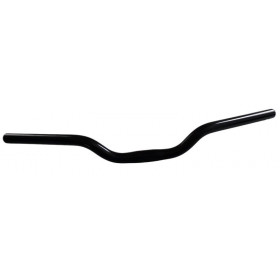 New productBicycle handlebar
New productBicycle handlebar- €12.99
-
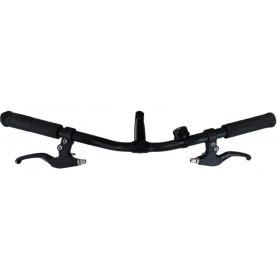 UsedCity bicycle handlebar used
UsedCity bicycle handlebar used- €10.99
-
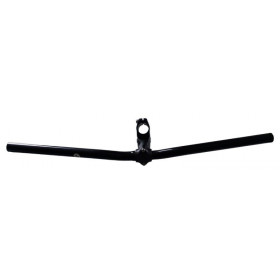 Used
Used -
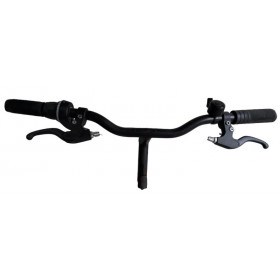 UsedCity bicycle handlebar 6s
UsedCity bicycle handlebar 6s- €11.99
-
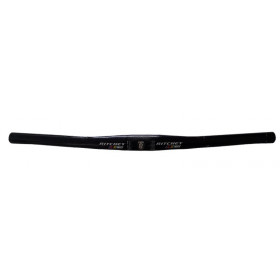 Used
Used -
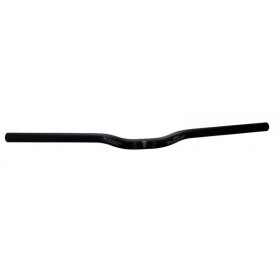 New product
New product -
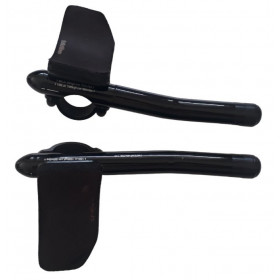 UsedVision TT-bars aerobars
UsedVision TT-bars aerobars- €29.99
-
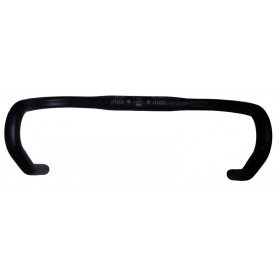 Used
Used -
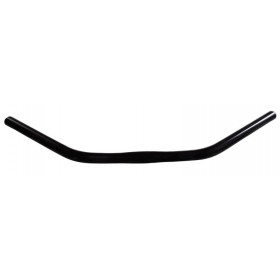 New product
New product -
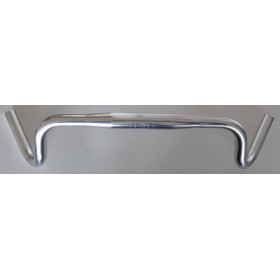 New product -50%Handlebar mustache BRN MA50 OS
New product -50%Handlebar mustache BRN MA50 OS- €15.00
- €29.99
-
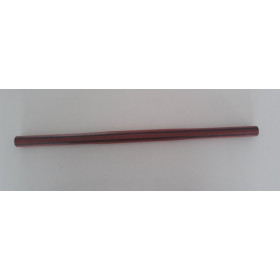 New product
New product -
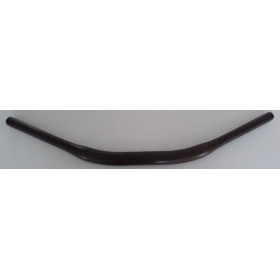 New product
New product -
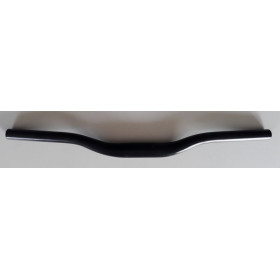 New product
New product -
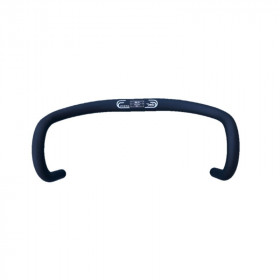 Used
Used -
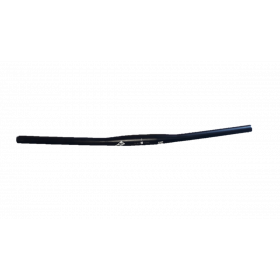 Used
Used -
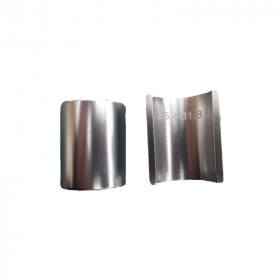 New product
New product -
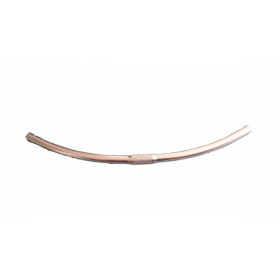 New product
New product -
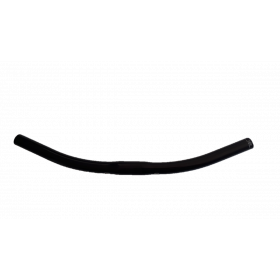 New productHandlebar BLB Rainbow 44 cms
New productHandlebar BLB Rainbow 44 cms- €14.99
-
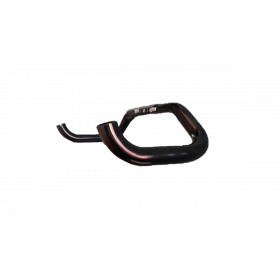 New product
New product -
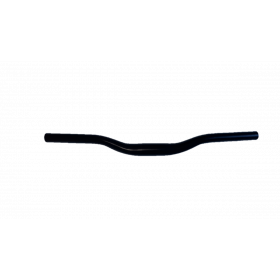 New product
New product -
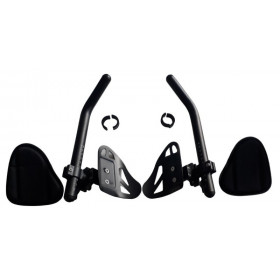 New productNeatt triathlon aerobars
New productNeatt triathlon aerobars- €19.99
-
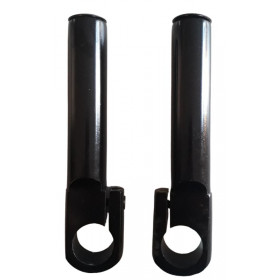 New product -58%MTB bar-ends
New product -58%MTB bar-ends- €6.30
- €14.99
-
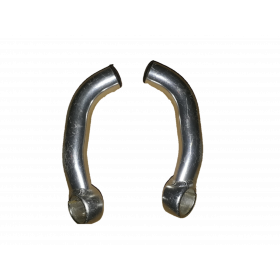 UsedMTB bar ends aluminium
UsedMTB bar ends aluminium- €4.99
-
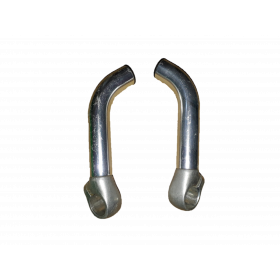 Used
Used -
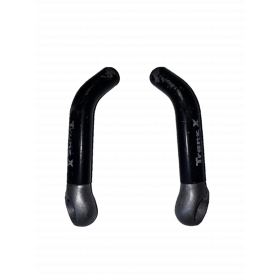 UsedBar ends Tranz X black
UsedBar ends Tranz X black- €4.99
-
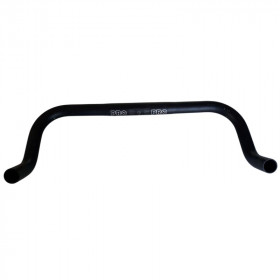 New product -60%Pursuit handlebar PRO
New product -60%Pursuit handlebar PRO- €16.00
- €39.99
-
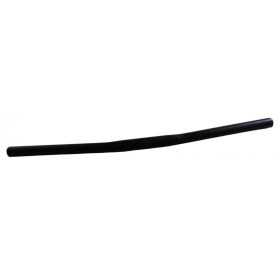 More detailsUsed Out-of-Stock
More detailsUsed Out-of-Stock -
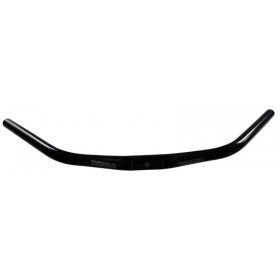 More detailsNew product Out-of-Stock
More detailsNew product Out-of-Stock
Showing 1-49 of 49 item(s)
The perfect handlebar for every adventure on two wheels.
Bicycle handlebars are essential components that influence the rider's position, bicycle handling and riding comfort. Here is a description of their function, their characteristics, the standards and the different types of bicycle handlebars:
Function :
1. Driving position:
The handlebars determine the rider's position on the bike, thus influencing aerodynamics, comfort and pedaling efficiency.
2. Control and maneuverability:
They allow the rider to steer the bike and make turns by providing contact points for the hands.
3. Power transfer:
The handlebars transmit the rider's movements to the bike, especially when braking, accelerating and steering.
Features :
1. Shape:
Handlebars can have different shapes, including straight, raised, hanger, cow horns, etc. Each shape offers a different riding position and suits specific riding styles.
2. Width:
The width of the handlebar influences the stability and handling of the bike. A wider handlebar can provide better control when cornering, while a narrower handlebar can improve aerodynamics.
3. Height:
The height of the handlebars determines the rider's position in relation to the bike. A higher handlebar can provide a more comfortable riding position for long rides, while a lower handlebar promotes a more aerodynamic position for speed.
4. Material:
Handlebars are usually made from aluminum, steel, carbon or titanium. Each material offers its own advantages in terms of weight, stiffness and comfort.
Standards:
1. Diameter:
The diameter of the handlebar determines its compatibility with the stem. The most common standards are 25.4 mm (1 inch) and 31.8 mm (1.25 inches) for road and mountain bike handlebars.
2. Hanger length:
Handlebar length, measured end to end, may vary depending on bike type and rider preference.
Different types of bicycle handlebars:
1. Right handlebar (Flat bar):
Straight and flat, used mainly on city bikes, mountain bikes and hybrid bikes.
2. Riser bar:
Curved slightly upwards at each end, providing a more upright and comfortable position, commonly used on mountain bikes and city bikes.
3. Hanger (Drop bar):
Curved downward and forward, offering multiple hand positions and a more aerodynamic posture, typical of road and gravel bikes.
4. Compact road handlebar (Compact drop bar):
A type of road handlebar with a less pronounced curve and shorter drop, providing a more comfortable position and better access to the brakes and shifters.
5. Bullhorn bar:
Straight with outward curved lugs, providing an aerodynamic position and multiple hand positions, commonly used on track and fixie bikes.
6. Triathlon handlebar (Aero bar):
Designed to reduce aerodynamic drag, with forward extensions for a highly aerodynamic position used in triathlon and time trial competitions.
In summary, bicycle handlebars come in a variety of shapes, sizes, and materials to meet the specific needs of cyclists and different cycling disciplines. They play a crucial role in the riding position, the handling of the bike and the comfort of the rider.

